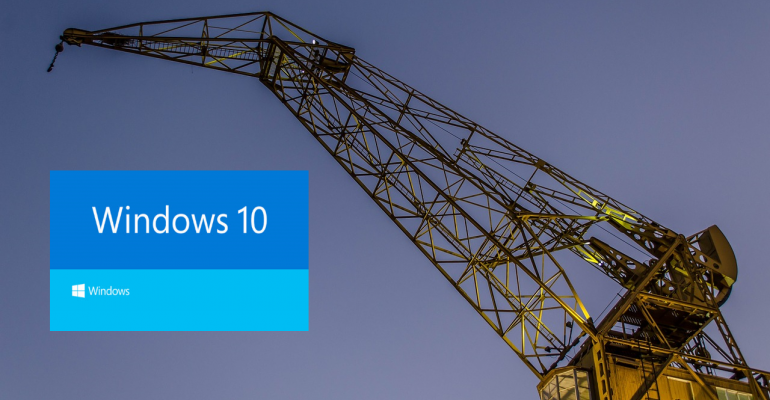As of the last official count, which was provided almost two months ago, more than 110 million systems are now running Windows 10 around the world.
At that time, I took a look at the numbers of upgrades over time and there were already indications of a slowdown in the adoption rate for Windows 10 since it was released on 29 July 2015. The new OS is still outpacing its predecessors by a significant amount but the frenzied pace, which was not going to keep going forever, has certianly slowed down.
Without updated momentum numbers from Microsoft since early October it is hard to know just how much adoption has slowed in the last two months but the numbers will have seen an increase from a few areas.
First, the release of the Windows 10 November Update, the first significant update to the OS since it was released in July, which was made available on 12 November 2015, should have brought in new upgraders. The addition of the capability to activate the Windows 10 install using a Windows 7/8 product key may also encourage more users to take on the upgrade.
Second, somewhere around 15 million Xbox One consoles will be added to that list since it received the Windows 10 based dashboard upgrade last month.
Finally, Windows 10 Mobile devices will be added to the count with the addition of the recently released Microsoft Lumia 950 and 950 XL devices plus all the handsets that will receive the released version of Windows 10 Mobile sometime this month.
However, the most significant numbers are always going to be generated by users upgrading their current eligible systems to Windows 10. We also know that many of you, based on your comments throughout the site, have had some very poor upgrade experiences and subsequently reverted back to your previous OS as a result.
Well it appears Microsoft is working to improve that upgrade process for Windows 7 and 8.1 users with the release of two new updates on those systems.
KB3112336 (Windows 8.1) and KB3112343 (Windows 7) were both made available yesterday through Windows Update to address and reduce the number of failed upgrades:
This update enables support for additional upgrade scenarios from Windows 7 to Windows 10, and provides a smoother experience when you have to retry an operating system upgrade because of certain failure conditions. This update also improves the ability of Microsoft to monitor the quality of the upgrade experience.
Of course, many will key in on that last sentence about Microsoft being able to better monitor the quality of the upgrade experience and fire back up the privacy rhetoric unfortunately.
The reality is that there are more PC configurations out there in the wild than many of us can even comprehend so Microsoft needs to monitor when and why upgrades fail or succeed in order to improve that process.
It is not about what website you browsed today but what it was on your system that impacted the upgrade process.
I will add that in my own experience performing a true clean install of Windows 10 has resulted in minimal issues and at this point, if you have your data backed up and protected, that may work better for you as well. The November Update for Windows 10 is available through the Media Creation Tool and can be used to perform that bare metal installation.
This suggestion comes from the fact that Rod and I both run Windows 10 on the HP Spectre x360 using the same BIOS and hardware drivers yet we both have significantly different usage experiences with the OS.
Let us know how your upgrade or clean install goes towards improving your overall Windows 10 experience.





